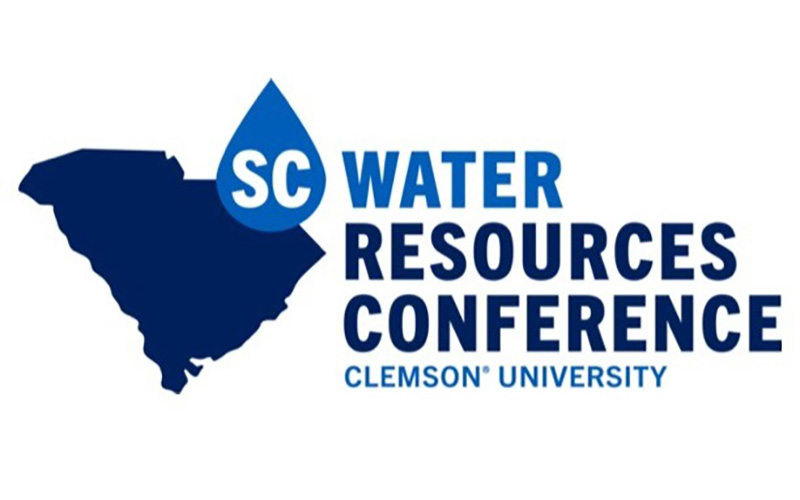Article Type
Full Research Article – Regular Issue
Volume
8
Issue
2
DOI
10.34068/JSCWR/08.02.05
Abstract
The South Carolina Lowcountry has an abundance of geographically isolated wetlands (GIWs), which provide important water cycling functions and biogeochemical processing services, and which are habitat for rare and threatened plants and animals. Isolated wetlands are not well protected in a regulatory or legal sense in the United States, including South Carolina, leaving them vulnerable to land use change pressures from rapid growth and in-migration. This project investigated how private landowners in rural areas near Charleston, South Carolina, perceive wetlands and their general knowledge about wetlands using semistructured interviews and site visits. Landowners’ observed and self-reported management and use activities were documented and analyzed for impacts to isolated wetland hydrology and amphibian habitat quality. Most landowners had positive perceptions of wetlands, were somewhat knowledgeable about wetland functions, and were conducting land use activities that could possibly affect the hydrology and negatively impact the habitat quality of the isolated wetlands on their property. Many landowners exhibited a disconnect between the perceived impacts of their management and use activities and the impacts observed in this study. While these private landowners do not seem to be threatening the hydrology of GIWs in this area, the impacts to habitat quality are still concerning. Landowner education programming is recommended, which would link common management activities to impacts on isolated wetlands. Furthermore, policy and land use zoning changes would encourage the protection of isolated wetlands in this region.
Takeaway(s)
none
Recommended Citation
Prochaska, Abigail Locatis; Watson, Annette; Callahan, Timothy; and Stewart, Kendra
(2021)
"Lowcountry Landowners’ Wetlands Knowledge and Perceptions and the Impacts of Land Management Actions on Isolated Wetlands,"
Journal of South Carolina Water Resources: Vol. 8
:
Iss.
2
, Article 5.
DOI: 10.34068/JSCWR/08.02.05
Available at:
https://open.clemson.edu/jscwr/vol8/iss2/5






